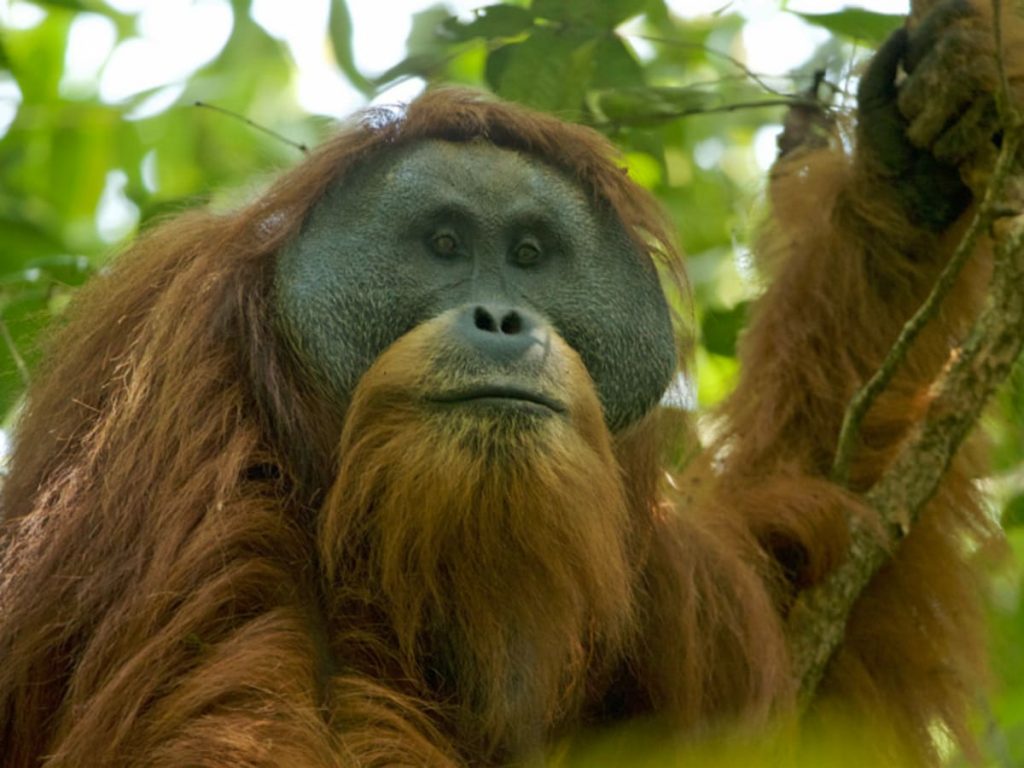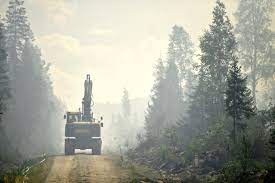The Kazakstan population of these antelope has more than doubled in the last 2 years from 334,000 to 842,000. In 2015 there was a mass die-off and distressing images of the steppe strewn with bodies made the rounds. Thankfully, the mothers give birth to twins every year, so their ability to bounce back is impressive.
Back during the Soviet era there were many millions of these antelope, but with increasing development in their range a return to those days is highly unlikely.
With numbers like these of remaining individuals, one would be forgiven for thinking that these species is not critically endangered, or perhaps even endangered. However, these terms are applied based on percentage fall in the size of the population. Saiga antelope have suffered a 90% decline in their population at the end of the 20th century.
So long as there is not another mass die-off and poaching is kept under control, these animals are likely to recover, and continue to be the base of an extremely large food chain.




